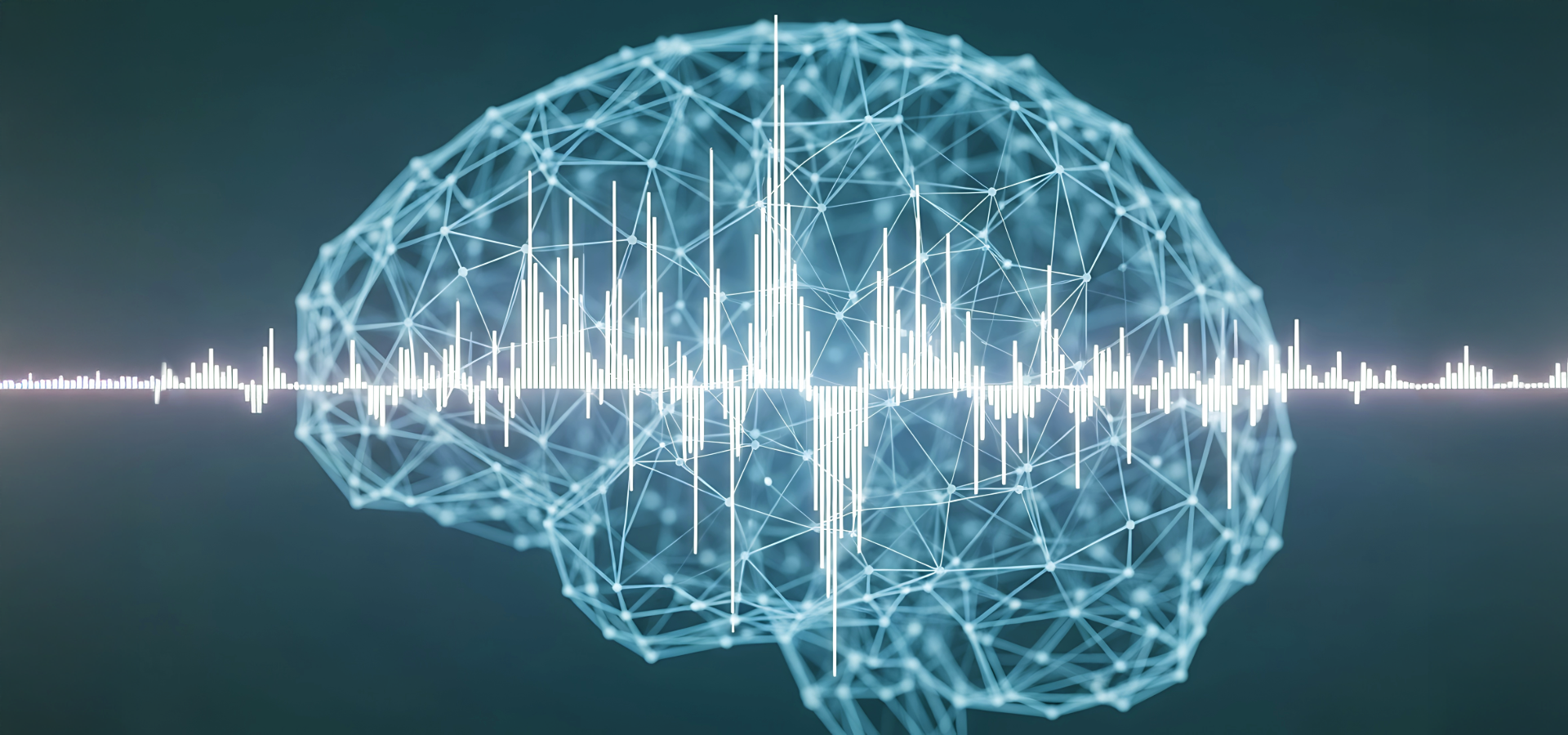A question we regularly receive at SONA, is how do we envisage the user doing their sessions?
What time of day should users stimulate? Which settings should the user stimulate in? Should a particular mood or activity trigger the use? And, importantly, what should a user do during those precious minutes for stillness?
For us, the answer to these questions comes down to two important factors:
-
What are the preferences for the user, in terms of how they enjoy using those precious minutes to take a break to reset from the stresses of life?
-
What shift in state does the user wish to promote within their nervous system?
The process of understanding your nervous system, getting in touch with how you perceive different states of mental and physical being, and learning how you can use different tools shift those states to suit your life needs, is a deeply personal journey, and one that can be full of exploration for all of us.
Foundational research demonstrates that centrally, TaVNS engages key neuromodulatory centres like the locus coeruleus and dorsal raphe, which release noradrenaline and serotonin, neurotransmitters that support cognitive flexibility, attention and neuroplasticity. Laboratory paradigms show rapid gains in executive function, creative ideation, language acquisition, and mood recovery (for more on the research, visit our science page).
These results open a world of possibility around using heightened neuroplasticity time windows; when the brain and the nervous system are in a heightened state of propensity to form new connections, combining stimulation with other exercises and technologies which shift the state of the brain and the nervous system has the ability to generate results where the pairing is greater than the sum of its parts (X * Y vs X + Y). SONA can act as a catalyst for directionally positive changes learning and state shifts!
Over this series of posts, we will explore some of the key aspects of determining how to pair your stimulation time with activities and exercises, across sound, visual, touch and cognitive, to help provide some inspiration on how to discover the protocol that works for you as an individual. This article kicks off, with an overview of audio pairing.
Sound:
As something of a music nerd myself, for decades I’ve personally been sold on the ability of audio frequencies to shift emotional and energetic states. It’s something that we all experience at moments in life: the emotional resonance captured within a particular song takes us to a different place than the one we were in before it came on.
But how can we think about this from a framework perspective, if we want to leverage audio as a tool to reliably shift state?
While personal taste and preferences have a big sway on the effect of particular audio or soundscapes, there are some consistent evidence based themes which we can call on.
The Fundamental Architecture of Music: Your Body's Rhythm Section
Have you ever noticed how a slow, quiet songs can almost instantly make you feel more peaceful, while a fast-paced, energy driving tracks makes you want to move? That’s not just a feeling; it’s a deep, physical response. Music has a fundamental architectures, that your body is wired to respond to.
At the heart of this is tempo, or the speed of the music. Think of it as an external pacemaker for your own internal rhythms. Your heart rate and breathing naturally try to sync up with a steady beat—a process called entrainment.
-
Ready to unwind? Choosing a track with a slow, steady tempo of around 60-80 beats per minute (BPM) is incredibly powerful. This speed mimics a resting heart rate, sending a clear and direct message to your nervous system: "it's safe to slow down."
-
Need to shift gears up? A faster tempo will naturally nudge your heart rate and energy levels up, getting you primed for activity, focus and energy release.
Beyond tempo, music has emotional colour in its tonality. Major keys and smooth, flowing harmonies tend to feel bright and reassuring. Minor keys and more complex, dissonant sounds can feel far more introspective.
When you start seeing music this way, it stops being just background noise and becomes an active tool in your performance and wellness kit. If you’re settling in for a SONA session to de-stress, pairing our stimulation with a slow, gentle track creates a perfect harmony of signals for your body to let go of tension and relax. You’re giving your nervous system two powerfully combined instructions to find calm.
Biophilic Sound: Reconnecting with Your Natural State
Modern living can be relentlessly noisy. Notifications, traffic, and mechanical sounds put our nervous systems on continuous low-level alert, contributing to the suppressive feelings of being chronically stressed and dysregulated. As organic beings, we are disconnected from the sounds our bodies and brains were designed to tune into. Our genetics, fined tuned for millions of years for natural surroundings, are wired for different frequencies.
This is where biophilic sound—the sounds of the natural world—comes in.
In the wild, the sounds of wind through trees, gently flowing water, or birdsong meant one thing to our ancestors: safety. These sounds were signals that the environment was calm and bountiful, signalling to our nervous systems to switch into a "rest-and-digest" mode.
Science today shows us exactly why this works. Listening to nature scapes can:
-
Reduce stress hormones like cortisol.
-
Physically calm the body by activating the parasympathetic nervous system. Brain scans show that natural sounds help our brains switch into a state of rest, while artificial noises can trigger patterns of inward-looking worry.
-
Restore focus. Natural sounds are complex but not demanding, creating states of "soft fascination." It’s like a gentle reset for a tired mind, restoring your ability to concentrate.
Pairing your SONA session with the sound of a rainforest or a calm ocean is more than just creating a pleasant backdrop. It's a way of speaking your nervous system's native language. You're providing a foundational sense of safety that allows the targeted stimulation from SONA to guide your body back to a state of healthy equilibrium even more effectively.
Brainwave Entrainment: Giving Your Brain a Gentle Nudge
As we enter the domain of designing frequencies and arrangement to trigger particular neurological responses, things begin to get really interesting, is . What if you could use sound to give your brain a gentle, precise nudge toward a specific state of mind, like deep focus or meditative calm?
Your brain has its own rhythms, or waves, which correspond to different states. Delta waves are dominant during deep sleep, while faster Gamma waves are linked to intense focus. Brainwave entrainment is a branch of practices which use rhythmic sound to encourage your brain to sync up with a desired frequency. The easiest way to do this is with binaural beats.
Here's how it works: You listen to two slightly different tones in each ear (e.g., 120 Hz in your left and 130 Hz in your right). Your brain processes these and perceives a third, phantom beat pulsing at the difference between the two—in this case, 10 Hz. This is a neuroperceptual phenomenon caused by how the brain integrates slightly mismatched frequencies. That 10 Hz pulse corresponds directly to the Alpha brainwave state, the feeling of being awake, calm, and clear.
By choosing the right frequencies, you can gently guide your mind:
-
Delta (1-4 Hz): For encouraging deep, restorative sleep.
-
Theta (4-8 Hz): For creativity and deep meditation.
-
Alpha (8-14 Hz): For that feeling of relaxed clarity.
-
Gamma (30-100 Hz): To support high-level focus and learning.
SONA is working from the "bottom-up," communicating directly with your nervous system through the vagus nerve to restore balance. At the same time, brainwave entrainment works from the "top-down," guiding your cognitive state. By combining them, you’re creating a remarkably complete toolbox for shifting how you feel, physically and mentally.







Share:
Breathe Like You Mean It: The Secret Rhythm Behind HRV
Plug In, Power Up: The Athlete’s Guide to TaVNS